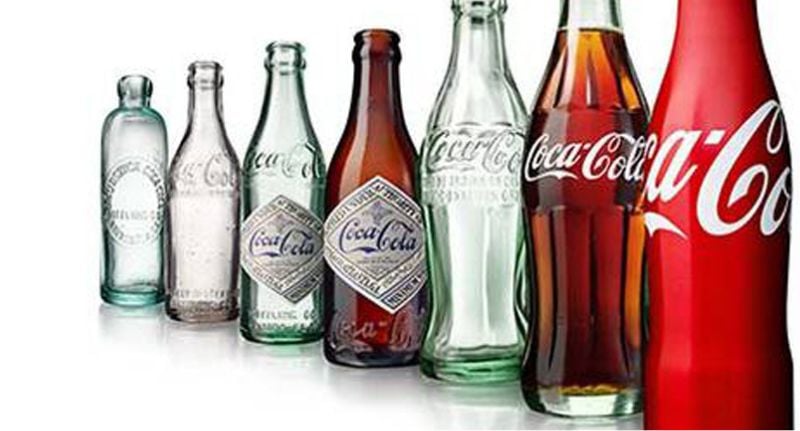Packaging is evolving rapidly, with radical transparency, circular design, adaptive systems and interactive labels expected to dominate in 2026.
Once seen as purely cosmetic, packaging has become a key driver of trust, brand distinctiveness and measurable growth.
The Creative Method founder Tony Ibbotson predicts that packaging will gain even greater influence in the boardroom in the years ahead.
“Consumers want proof, retailers demand impact, and investors reward clarity,” Ibbotson told Mediaweek.
“The brands that thrive will be those that use packaging as both storytelling and strategy.”
Ibbotson said trends evolve, but four design truths remain: trust markers, stand-out design, emotional connection and storytelling.
He said packaging must be disruptive to cut through a crowded market, use colour, texture, and form that evoke nostalgia, joy or pride and tell a story to boost the brand’s memorability.
“Trends come and go, but I think there’s some real fundamentals that will just forever stand the test of time,” he said.
“There’s a lot happening in the market right now around transparency and I think that’s something good brands have done since branding began.”
Saint Clair Family Estate in New Zealand, which has grown into a major international exporter with a portfolio spanning multiple brands, tiers and labels, is driving measurable growth.

The Creative Method founder Tony Ibbotson
Renovate within the structure
Ibbotson said the Marlborough winery’s packaging travels across markets and formats without losing the boutique feel that underpins its reputation.
“Clear brand architecture and consistent use of crafted assets have allowed the brand to scale globally while still feeling boutique,” he said.
“From cellar door to supermarket aisle, it looks and feels authentic.”
Ibbotson said the real challenge for brands is staying relevant as new players challenge the status quo.
He pointed to US-born water brand Liquid Death as a prime example of a challenger disrupting traditional categories by focusing on moments and mindsets such as enjoying music festivals without alcohol.
“The threat to legacy brands comes when challengers disrupt categories by focusing on moments and mindsets rather than traditional audiences,” he said.
“The ability to intelligently disrupt and create an emotional connection with consumers is what won’t date.”
Ibbotson said packaging has become a strategic lever, rather than a finishing touch.
“In 2026, the brands that win won’t see packaging as decoration,” he said.
“They’ll use it as strategy – earning trust, telling stories, and creating value in ways that move markets.”
Packaging Trends 2026
1. Radical Transparency & Truth-Telling
Clear ingredient information, visible pricing, and even carbon footprints will dominate, building consumer trust in cost-sensitive times.
2. Humanised & Handmade
Hand-drawn, tactile, and imperfect aesthetics will stand out against AI-generated sameness, making brands feel personal.
3. Essence-Driven Design
Brands will mine their DNA and heritage for inspiration rather than chasing fads.
4. Place-Based Storytelling
Geography, culture, and environment will continue to anchor design for deeper authenticity.
5. Circular & Responsible Design
Sustainability will be designed into the pack: refill formats, minimalist structures, biodegradable materials.
6. Interactive & Hybrid Packaging
AR, QR, and gamified features will turn packaging into a portal for brand storytelling.
7. Adaptive & Fluid Systems
Single design languages will flex across multiple SKUs, markets, and campaigns, driving both efficiency and cohesion.

